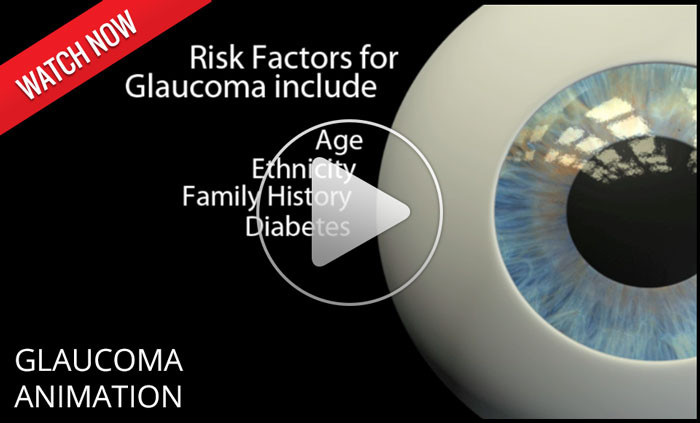Conveniently Located In Walmart
(Look for the burgundy awning!)
552 Emily Drive
Clarksburg, WV 26301
| Monday | 8:00 - 5:00 |
| Tuesday | 8:00 - 5:00 |
| Wednesday | 8:00 - 5:00 |
| Thursday | 8:00 - 5:00 |
| Friday | 8:00 - 1:00 |
| Saturday/Sunday | Closed |

Cataracts are part of the natural aging process. Everyone gets them to one degree or another if they live long enough. Cataracts, as they progress, create increasing difficulty with the normal activities of living. The symptoms vary from one...

Is making an appointment for a comprehensive eye exam for your children on your back-to-school checklist? It needs to be.
No amount of new clothes, backpacks or supplies will help your child succeed in school if they have an undetected vision...



